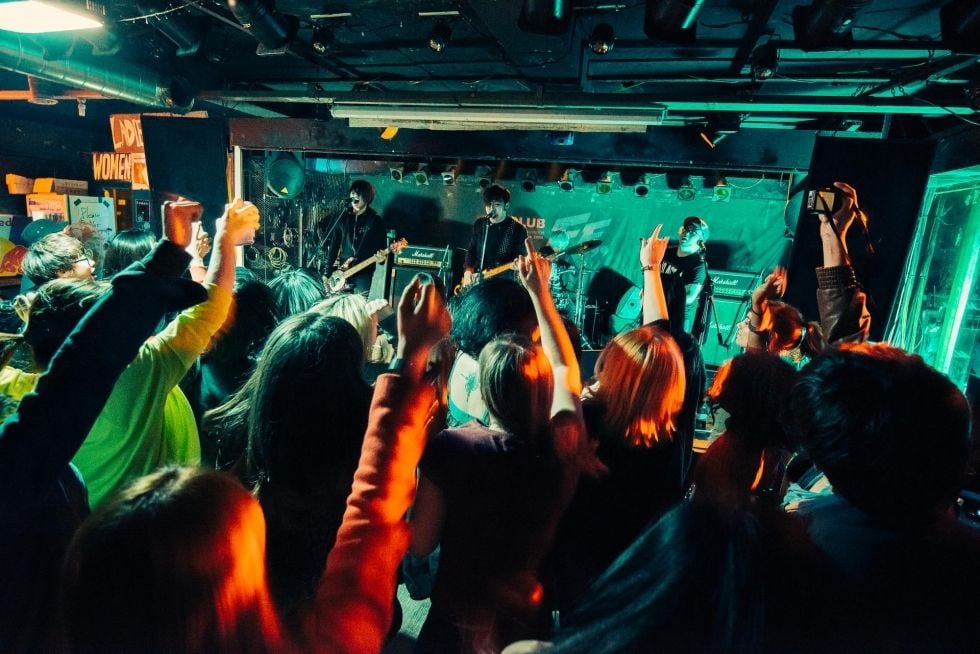
Discovering the Indie Heart of Seoul: Hongdae
Daebak InternsTucked away in the west of Seoul, the neighbourhood of Hongik University. Commonly called Hongdae, stands as one of Korea’s most vibrant spaces for indie music, alternative culture and creative expression. Rooted in the 1990s underground scene and still pulsing with youthful energy, it offers a unique slice of Seoul life that goes beyond K-pop and tourist hotspots.

A Brief History of Hongdae’s Indie Movement
- In the 1980s, nearby Sinchon became a hotbed for rock and heavy metal among students under military regime, but with rising rents and commercialization it lost creative space. Hongdae became a refuge for artists, designers and misfits around the art-and-design-focused Hongik University.
- A key moment: the opening of the underground club Club Drug in the early 1990s. That provided a listening-room environment for punks and experimental bands, and in 1995 helped spark the indie explosion.
- Bands like Crying Nut cut their teeth on Hongdae’s stage. Their 1998 debut album and earlier live performances helped define the Korean indie spirit.
- Over time, Hongdae’s bohemian atmosphere, cheap rents, art students, DIY venues gave rise to a distinct counterculture, a divergence from the mainstream idols and pop system.
What Makes Hongdae Special Today
While commercial pressures and gentrification have changed the landscape, the essence of Hongdae remains:
- The neighbourhood still hosts live club venues, busking corners, indie record stores and street art. As the Korea JoongAng Daily noted in 2011: “Thanks to the cheap rent back then, even artists from Daehangno started moving into the unique ateliers of Hongdae…”
- Large-scale indie music festivals such as Zandari Festa use Hongdae as their base, bringing dozens of international bands and global delegates to the district.
- Despite rising rents, the district still retains its identity as a “bridge” between youth, art and alternative music: Hongdae’s venues became platforms where indie culture could challenge the mainstream.
- On the other hand, the indie scene has faced threats: venues have closed due to rising rent, and some argue the “raw” incubator of the 1990s is fading.

Why Visit Hongdae (Especially If You’re Into Music & Creativity)
- Live music vibe: Even simple evenings can include discovering a small venue where local bands play original songs, not just covers. The feel is spontaneous and authentic.
- Art + street culture: Graffiti alleys, weekend flea markets (like the Hongdae Free Market), and independent galleries give visual dimension to the music culture.
- Youthful, international energy: With a high student population and many foreign visitors, the atmosphere is open, dynamic and somewhat experimental.
- Behind the scenes of indie history: For a student of culture, seeing where Korea’s indie music roots took shape offers a deeper understanding beyond mainstream pop.
-
Creative inspiration: As you plan for your art journey, travel to such a district can spark ideas—whether through atmosphere, visuals, or the sense of creative freedom.
